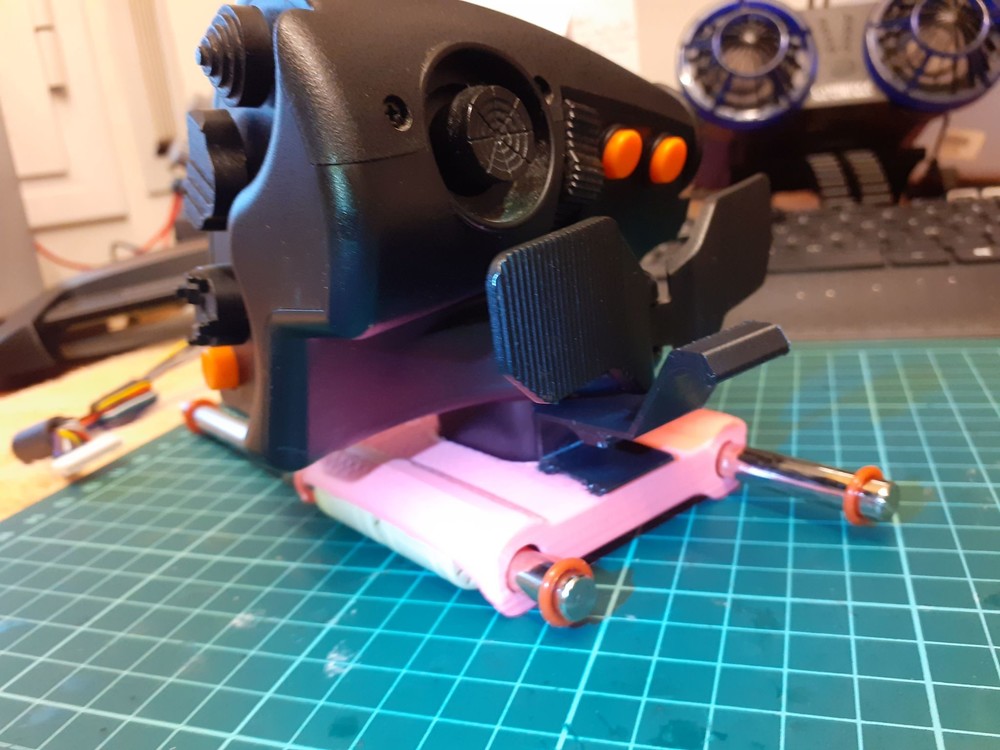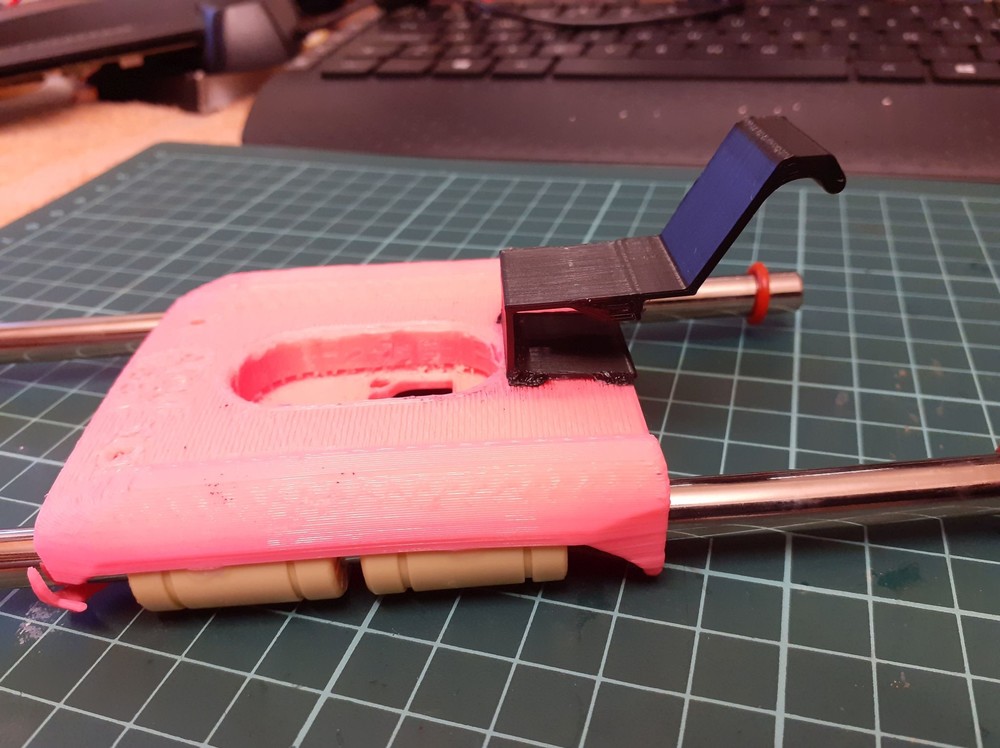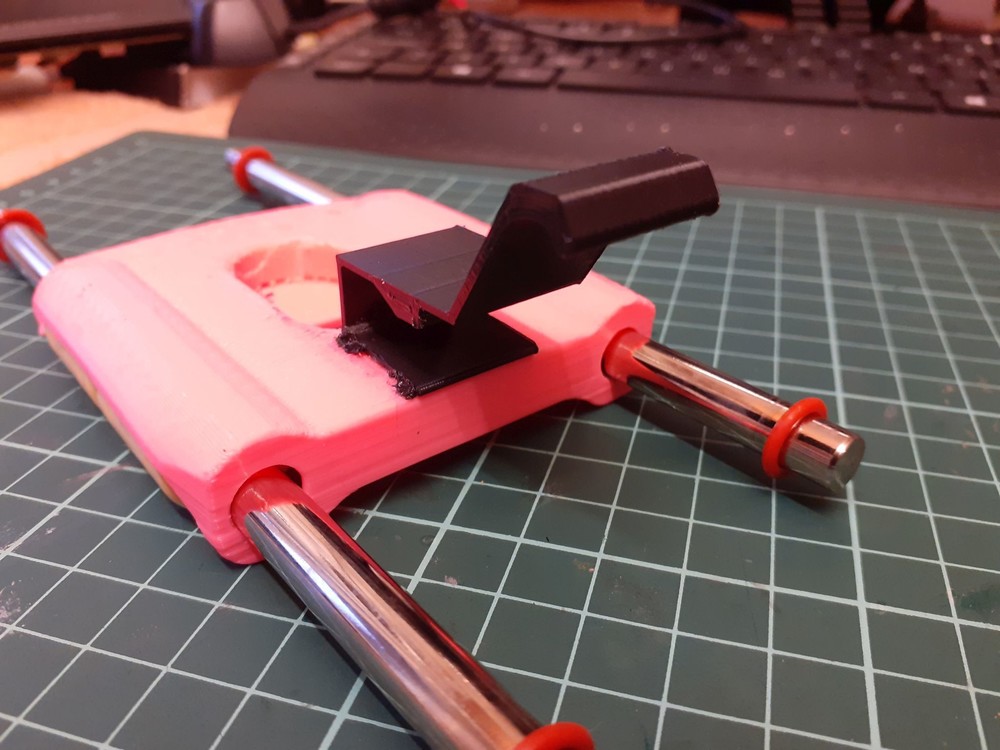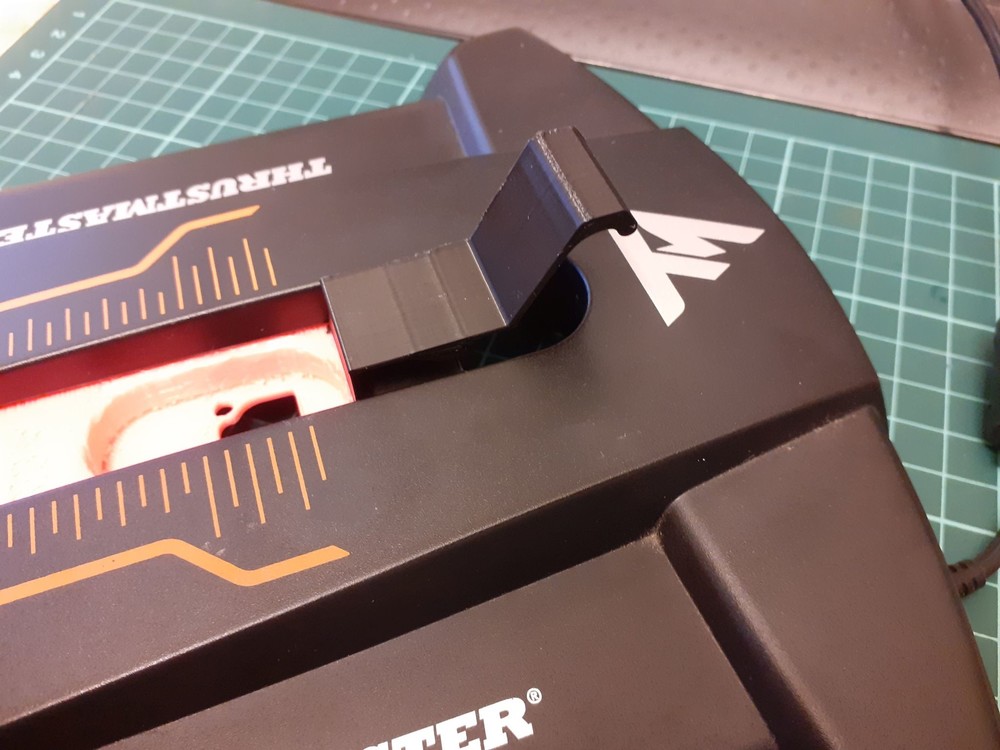-
Posts
38 -
Joined
-
Last visited
About pavidovich
- Birthday 06/22/1968
Personal Information
-
Flight Simulators
DCS, IL-2
-
Location
España
-
Interests
astronomy, photography, bird watching
Recent Profile Visitors
The recent visitors block is disabled and is not being shown to other users.
-

My DCS-Bios multi-module solution and furthermore wireless 😉
pavidovich replied to pavidovich's topic in Home Cockpits
As far as I know it could be possible. RS485 uses the serial bus interface and the ESPs microcontrollers integrate it.- 4 replies
-
- 1
-

-
- dcsbios
- button box
-
(and 3 more)
Tagged with:
-

My DCS-Bios multi-module solution and furthermore wireless 😉
pavidovich replied to pavidovich's topic in Home Cockpits
Hi, this ESP32 implementation is just only for my radio panel project, it doesn't integrate all the original DCSBios functions and callbacks. It helps me to understand the DCSBios inner logic. In my repository you can find a DCSBios fork that includes both, the ESP32 and ESP8266 microcontrollers, available as options like the Arduino or STM32. https://github.com/pavidovich/dcs-bios-arduino-library Furthermore, if you don't require the WiFi accessibility, you can use the ESPs as a traditional Arduino board with the original DCSBios library. In this situation two considerations, the IRQ option isn't available and the Arduino Servo library isn't compatible with the ESPs. The ESPs are faster than the traditional Arduinos, they have larger memory, I/O pins, SPI/I2C buses, etc. Hope can be useful.- 4 replies
-
- 1
-

-
- dcsbios
- button box
-
(and 3 more)
Tagged with:
-

Raspberry Pi Pico $4 controller for USB interface
pavidovich replied to Sprool's topic in Home Cockpits
Yes, you can work with the Pi Pico using the standard USB interface to get the data from DCS-Bios. The IRQ_Serial acceleration does not work with the Pi Pico as it is hardware dependant, but doesn't matter, the Pi Pico is quite fast. Just compile your program using the Arduino IDE and download it to the Pi Pico. You can also work with any other microcontroller, as it is the ESP32. However, with this microcontroller there is a problem related to the Servo library. The solution is easy, just modify change the Servos.h library, which is present in the DCS-Bios/internal, to use any other ESP32 servo library. In this link you can find how to work with ESP8266 or ESP32 boards and DCS-Bios https://github.com/pavidovich/dcs-bios-arduino-library -
Many thanks for the clarification.
-
Congrats with your project, it is really impressive. How did you set the text on the buttons?
-
Here, there is a video example for this technique
-
It is possible to use the Esp32 in serial mode like arduino boards do. Enviado desde mi SM-A217F mediante Tapatalk
-
Hello everybody, I share with you my solution to the DCS-Bios multi-module management for any button box. The code is based on an ESP32 that allows fully wireless communication with DCS, that means it is not required any USB port https://github.com/pavidovich/ESP32_MultiModuleDCSBios The code can be easiliy adapted to your button box, just replace the function getButton() (present in the ESP32_Code.ino) with any other that gets the button ID from your button box. There are 3 examples based on the A-4E-C, F-5E-3 and T45 modules. Just take into account that these examples are based on my button-box, so you should adapt them to your necessities.
- 4 replies
-
- 3
-

-
- dcsbios
- button box
-
(and 3 more)
Tagged with:
-

Raspberry Pi Pico $4 controller for USB interface
pavidovich replied to Sprool's topic in Home Cockpits
RpiPico can be programmed using the same Arduino IDE environment, the C/C++ code can be directly compiled. There are many web pages that explain how to configure the IDE, here you are one https://www.techtonions.com/programming-pi-pico-using-arduino-ide/ Generic libraries should be able to be used with the RpiPico, as on others platforms (ESP32, STM, ...) -

Raspberry Pi Pico $4 controller for USB interface
pavidovich replied to Sprool's topic in Home Cockpits
Arduino Pro Micro is able to do the job! it allow us to create any button box. But, the RPi Pico it can also do this but furthermore it can simultaneously do much more other stuff, as manage displays, servos, and why not some VGA screens. This is because it is dual core, higher clock speed, bigger amount of memory, the ability to program its I/O pins, etc. -

Raspberry Pi Pico $4 controller for USB interface
pavidovich replied to Sprool's topic in Home Cockpits
Hi all, maybe this video shows how to create a HID device. It seems quite easy to create a joystick and because the huge power of the Pi Pico it will be possible to add much more functionalities. -
Thanks a lot for your comments, I really appreciate them!
-
Hi all, I share with you my afterburner detent approach for the TWCS that is based on a mechanical parts instead of magnets. There is a lever that must be lift up to allow the throttle continues its movement. Here you are the link to thingverse: https://www.thingiverse.com/thing:4925168 The video shows how it acts.
-
There is an Android app that could be what you are looking for https://www.digitalcombatsimulator.com/en/files/3308547/ Enviado desde mi SM-A105FN mediante Tapatalk
-
Many thaks! I'll try it!






